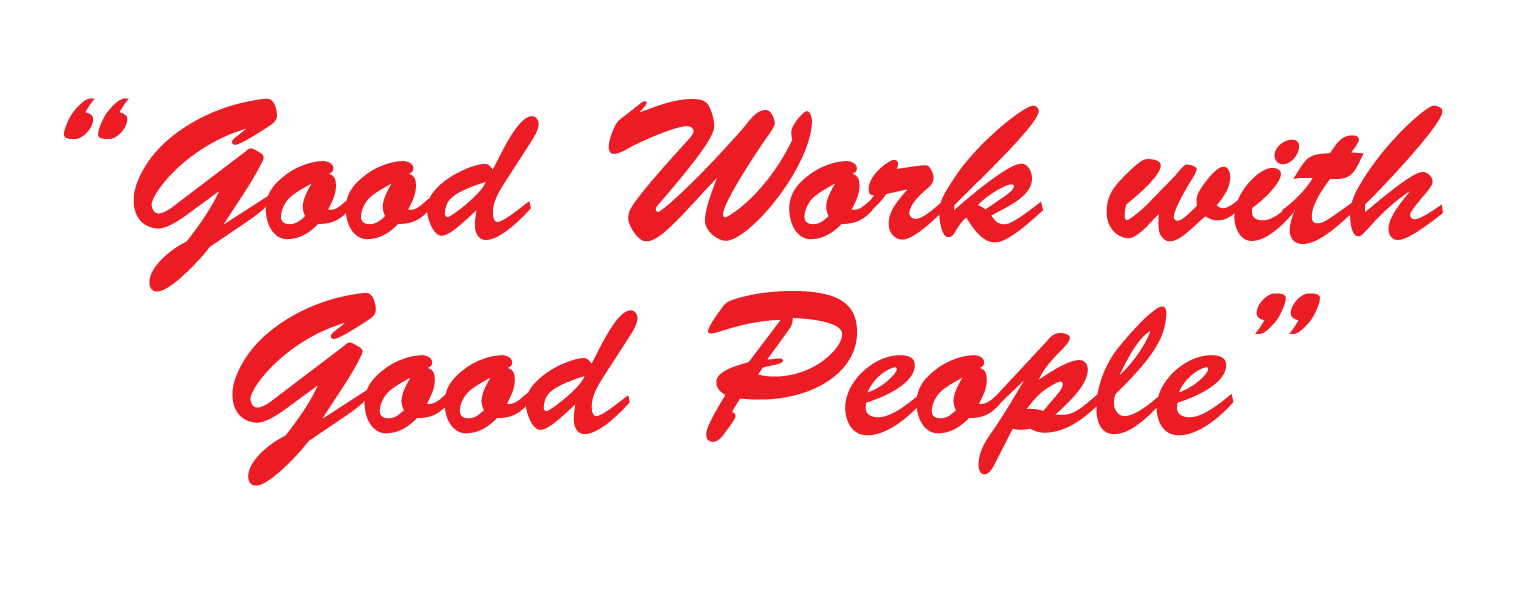The Shadow
Awareness Practice
Why Brand Self-Inquiry is Essential

“Until you make the unconscious conscious, it will direct your life and you will call it fate.”
“Until you make the unconscious conscious, it will direct your life and you will call it fate.”
— Carl Jung
What is the shadow?
The shadow is the unconscious part of our psyche. Neither good nor bad, it contains the elements that we are not looking at. As individuals, it is our task to consciously investigate these elements and integrate them as we develop a whole self.
At SBC, we view organizations as being scaled-up versions of the individual psyche, with each organization having a whole “brand-self.” Drawing from the work of Carl Jung, we believe that the process of increased brand-self awareness is the basis for authenticity in a market that wants us to act and look the same.
How does the shadow express itself?
We often choose an identity or “public-self” to express ourselves that is the exact opposite of our shadow-self, constructing our external reality to make up for the stuff we’re not addressing internally. In this way, a persona is crafted that serves the compensatory function of telling others exactly who we aren’t. In the case of an organization, the shadow is usually found in the part of the organization that is being over-emphasized.
Some Examples?
We see this in organizations stressing “social impact” that are led by tyrants who mistreat their employees, and those who build environmental platforms based on marketing lip-service alone. We see this in start-ups who use “scrappy” and “lean” as stand-in’s for negligence. We see this in companies whose mission and vision are entirely “customer first,” and continuously fail at building strong customer relationships. We see this in politicians who… you get the picture.
Why is it important?
The contents of the uninvestigated and unintegrated shadow reveal themselves through how an organization looks and sounds, how it acts, treats its employees and partners, and how it engages with its audience. The shadow will ultimately express itself through actions and words when they’re not being edited. (Shakespeare articulated this with “Thou dost protest too much.”) Understanding this is crucial as we move from a broadcast marketplace to a conversational one, where brands need to engage everyday with their audiences in real-time. (Read more on the conversational marketplace here)
When a brand is putting up a billboard with a heavily focus-grouped tagline, It is easy to curate and maintain an idealized image of themselves, but maintaining this persona becomes more difficult when it is field-tested in an active dialogue. The unconscious or shadow part of the self will be revealed through the actions a brand is taking (or not taking) in each moment. This is why self-inquiry is so important. To prepare themselves for the conversational marketplace, brands need to double down on their own self-awareness.
Where do we start?
Making aware the parts of our self that are hidden requires conscious surfacing of material that is often uncomfortable to face. It’s much easier to put on ceremonies and build personas to signal to others what we’d be like, if only we weren’t who we actually are.
By visualizing the whole-self as a mandala, we can begin to structure aspects of our unconscious and ask questions about them. Questions like: What are we over-emphasizing or under-emphasizing as a brand? Is there a place we direct a disproportionate amount of time and energy towards? What internal tension are we not addressing for the sake of organizational stability?
We developed a Dynamic Archetypes exercise to initiate self-inquiry around the brand-self. They are a set of complimentary pairs that map aspects of the self. Dynamic Archetypes are meant to be used not once, but ongoing as a snapshot of where a brand is out of balance. For real growth, the process of self-inquiry must be continuous.
Superior Branding Company uses engagement archetypes in workshop settings as a tool for brands to better understand themselves. Ask us how at hello@superiorbranding.co
“The persona is the mask we wear in relation to the world and others….. It is not necessarily who we really are, but who we want and pretend to be to others and, many times, to ourselves.”
“The persona is the mask we wear in relation to the world and others….. It is not necessarily who we really are, but who we want and pretend to be to others and, many times, to ourselves.” — David Schoen
— David Schoen
Get the quarterly newsletter
CONTACT US | OUR STORE | INSTAGRAM
hello@superiorbranding.co
©2022 Superior Branding Enterprises, Inc.

